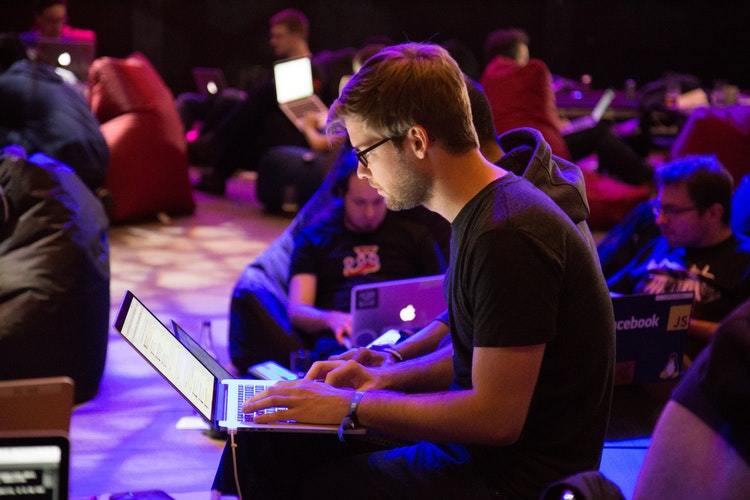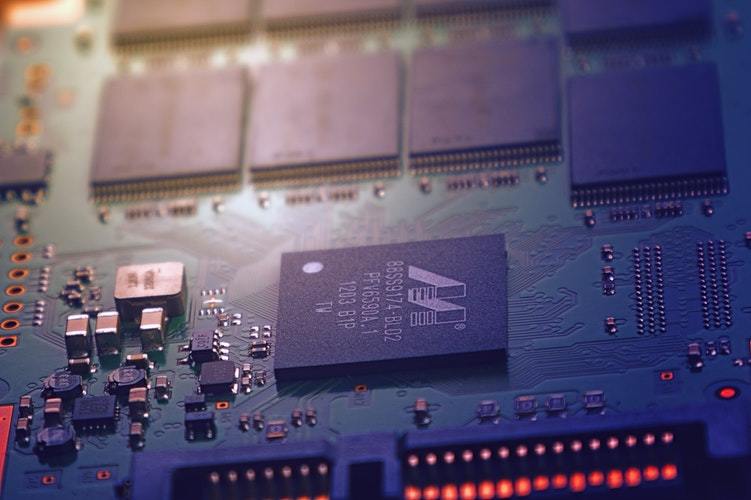Pros and Cons of Automated Trading
When analyzing a currency pair from a fundamental point of view, economic data plays a central role. All other factors aside, economic data should be the driver of a currency pair’s valuation.
Economic releases change the balance of power between the two currencies in a currency pair on a daily basis. Even over the weekend data comes out in some parts of the world (e.g., China), and it may affect different currencies part of the Forex dashboard (e.g., AUD – Australian Dollar).
In Forex trading, economic data provides volatility. Because the market mostly consolidates between two critical economic events, traders wait for economic releases to provide a swing higher or lower that they can trade.
News traders rarely fade the initial market reaction when data comes out. Mostly, they try to go with the flow, to make some pips in the same direction, and quickly move the stop loss to break-even or trail the original stop.
Because the trading these days is mostly automatic, robots or trading algorithms cause wild spikes that, in some cases, are quickly retraced. Sometimes, despite the economic news pointing to one direction, the market turns and trades aggressively in the other one.
The explanation you’ll hear or read in financial communities or newspapers is that “the market didn’t know what to do with the data” or “short-covering took place” or “investors took profit on earlier trades,” and so on.
The reality tells us that we can’t explain the sum of actions taken by trading algorithms. One thing is for sure: the battle for each pip takes place at a level incomprehensible for human trading.
One single super-computer engaged in Forex trading is responsible for thousands of trades per second. The high-frequency trading (HFT) industry is an important player in today’s financial markets, trading virtually every market that moves, not only the currency one.

However, the best place to see the trading algorithms in action is in Forex trading, when news comes out. For this reason, 21st-century Forex trading has human traders following robots and not the other way around.
Automated Forex Trading for the Retail World
While the HFT industry is mostly a corporate one, retail traders quickly spotted the opportunity and stepped up their game. Nowadays, it is relatively easy to build a trading algorithm or an Expert Advisor and let it “make money” for you.
Assuming traders already have a viable trading strategy, one that makes money, the next step is to program it. The MetaEditor function part of any MT4 and MT5 platform is a great tool to build the desired robot.
The need for a trading machine became apparent as over eighty percent of trading is done automatically. In a rush for the fastest execution, trading companies (quants) created the precedent for retail traders to join the race.
Before judging if it is better or not to trade manually or to use Expert Advisors (EA), do not forget that, in the end, this is still Forex trading.

In other words, one needs to know the entry place, the stop-loss and take profit level, and to apply a strict money management system in automated trading too. While there seems to be a fine line that differentiates the two, it is not that obvious which approach is best.
Pros of Automated Trading
All trading platforms allow automated trading strategies, as for a Forex broker it is even better than human trading. Because Forex brokers make their ends meet via commissions and fees, the size of their income depends on the trading activity.
While humans get tired and need to rest, robots never do. Hence, commissions keep pouring in, and everyone’s happy: the trader because he/she didn’t miss any opportunity while resting, and the broker because it makes commissions round the clock.
Another advantage comes from the emotional component. Traders preferring automated trading say that they simply forget about a trade, having no emotions whatsoever that can interfere with the logic behind a trade.
That’s easier to say than done, and it doesn’t necessarily represent the truth. In Forex trading, the unexplored area is the emotional area.
Cons of Automated Trading
The emotional roller coaster is one of the primary drivers that send traders in the search of automatic trading. However, it is just an illusion, as emotions and the psychological effect will always be part of Forex trading.
Think of Brexit for a second. In June 2016, the United Kingdom decided to leave the European Union, after a referendum that split the country in two.
Such a tight race led many to expect a rise in volatility. Brokers from all over the world warned traders to reduce risk ahead of the referendum’s outcome.
Many traders involved in automated trading simply shut down the robots. And waited.
While the decision may have proved to be the correct one, the action was the result of an emotional impulse.

It contradicts everything automated trading stands for, as the trader intervened. On the other hand, when back-testing the strategy to check for its profitability, no one accounts for such events. Hence somewhere, an error exists.
Another disadvantage comes from the disconnection with the market. Automated trading leads to lose focus on major shifts in fundamentals that may change the way the robot was programmed to trade.
But the most significant drawdown comes from back-testing. A currency pair may keep ranging or trending conditions for years, or even decades.
If one builds a strategy and checks it to see how it performed in the past, it may analyze one single cycle. However, in the life of a currency pair, multiple cycles exist, having various lengths. Just like that, a strategy that used to make money for years will just stop being profitable.
When trading with a robot, one needs a VPS or a Virtual Private Server. Let’s use the MT4 as an example.
The Expert Advisor will buy and sell according to instructions. However, it’ll do that only if the trading platform is open.
If, for whatever reason, the MT4 shuts down (power failure, accident, etc.), the robot stops trading. Any open positions won’t be managed anymore unless a stop loss or take profit level is in place.
Some strategies use hedging (trading a currency pair both on the long and short side), and if the trading platform is closed, the robot can’t execute the strategy. Luckily, VPS services exist, and traders have access to a remote computer that never shuts down.
These days some brokers offer VPS services for free, but for a dedicated one, with multiple safety nets, a monthly fee is required. Hence, an additional cost, regardless of whether the robot makes money or not.
Conclusion
Forex trading has changed in the last two decades like never before. Having access to the interbank market was only a dream for most of the retail traders.
Today, everyone can buy and sell on the most liquid market in the world. While it presents a plethora of opportunities, the risks are equal. Or, even bigger.
Artificial intelligence, for example, is a young industry. Many big companies already invested millions in developing trading algorithms that use artificial intelligence to buy or sell currencies.

The forces that move the Forex market, or the market participants, aren’t the retail traders. Only a small part of the market moves belongs to retail trading.
Reality tells us that the big companies that invest a lot of money in research, development, and implementation of trading strategies, run the market. It is very important to understand who you’re facing in the Forex trading arena, as the fight is for the same pips.
Just like different trading styles exist (scalping, swing trading, investing), automated trading exists too. For some people, only automated trading makes sense.
Others strive for the emotional rollercoaster that makes them “feel” the market. Whatever you prefer, in the end, it is still Forex trading: people trying to forecast the next market move.


